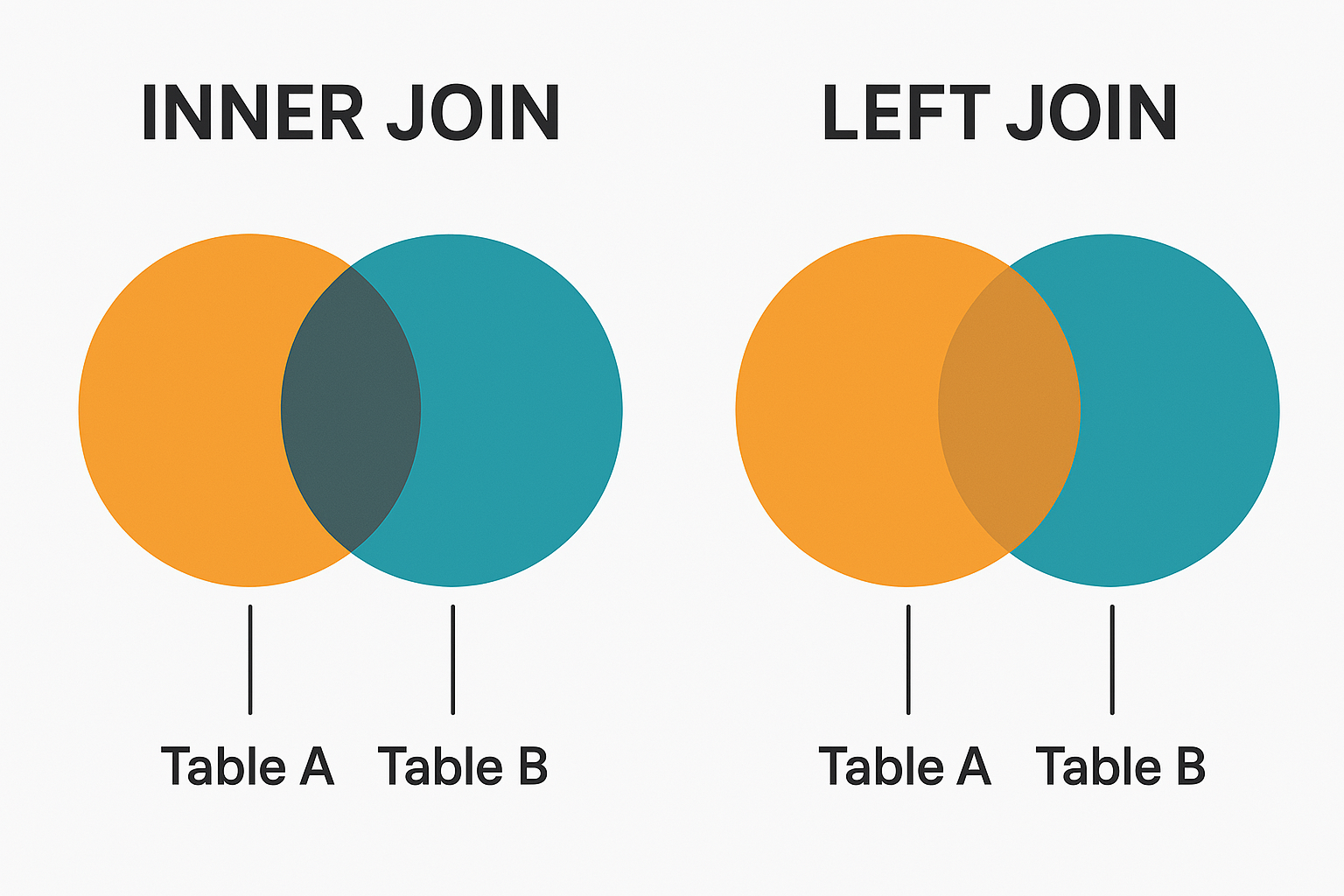Implementing SQL JOIN Support in ChronDB via PostgreSQL Protocol
SQL JOIN operations are a fundamental part of any robust database system, allowing developers to combine data from multiple tables based on related columns. In this blog post, we’ll explore how we implemented INNER JOIN and LEFT JOIN support in ChronDB, our Git-based chronological database with PostgreSQL protocol compatibility.

Background: ChronDB Architecture
Before diving into the JOIN implementation, let’s briefly review ChronDB’s architecture. ChronDB is a chronological key-value database built on Git’s internal structure, providing versioning capabilities by default. We’ve implemented a PostgreSQL-compatible protocol layer that allows clients to connect using standard PostgreSQL drivers and execute SQL queries.
The database uses Git repositories as the storage engine:
- Git repository: database
- Git branch: schema
- Directory in the repository: table
- JSON files: documents (records)
The Challenge: Implementing JOIN Operations
JOIN operations are complex because they require:
- Parsing and understanding the JOIN syntax in SQL queries
- Finding the related records across different tables
- Combining the records based on join conditions
- Handling different types of joins (INNER, LEFT, RIGHT)
- Supporting filtering and projection on joined data
Our implementation in PR #24 focused on supporting the most common types: INNER JOIN and LEFT JOIN.
Implementation Approach
1. SQL Parsing Enhancements
The first step was improving our SQL parser to recognize JOIN clauses. This required:
- Adding JOIN type detection in the tokenizer
- Implementing join condition parsing with support for table.field format
- Updating the SELECT query parser to handle JOIN clauses
2. Data Retrieval and Join Execution
The core of the implementation is in the query execution logic:
| |
3. Join Condition Evaluation
The join condition parser supports the standard syntax:
| |
We parse this into a condition structure that can be evaluated against documents:
| |
4. Full-Text Search Integration
We also improved the full-text search capability to work seamlessly with JOINs:
| |
Implementation Challenges
1. Table and Field Name Resolution
One challenge was handling table-qualified field names. When referencing users.name, we needed to distinguish this from the name field in other tables.
Our solution was to prefix fields from joined tables with the table name in the result set:
2. LEFT JOIN Null Handling
For LEFT JOINs, we needed to handle cases where no matching records exist in the secondary table. We solved this by creating a map with null values for all fields in the secondary table:
3. Multiple Matches Handling
In real databases, a JOIN might match multiple records in the secondary table. Our initial implementation only used the first match, but we later enhanced it to handle multiple matches correctly:
| |
Performance Considerations
JOIN operations can be expensive, especially with large datasets. To optimize performance:
- We implemented indexes for commonly joined fields
- Added logging to help diagnose slow queries
- Limited the result set size for joined queries to prevent memory issues
- Used lazy sequences where possible to avoid loading all data at once
Testing the Implementation
We wrote comprehensive tests to verify the JOIN functionality:
| |
Conclusion
Implementing JOIN support in ChronDB significantly enhances its capabilities as a database system. While our Git-based storage is primarily designed for document storage (example json), the addition of JOIN operations brings relational capabilities that many applications require.
The implementation leverages Clojure’s strengths in data processing and transformation while maintaining the core benefits of ChronDB - versioning, auditability, and a simple data model.
In future updates, we plan to:
- Add support for FULL OUTER JOINs
- Optimize JOIN performance with better indexing
- Support more complex join conditions with AND/OR operators
- Implement aggregate functions across joined tables
We’re excited about how this enhancement makes ChronDB more versatile while maintaining its unique chronological, Git-based architecture.


